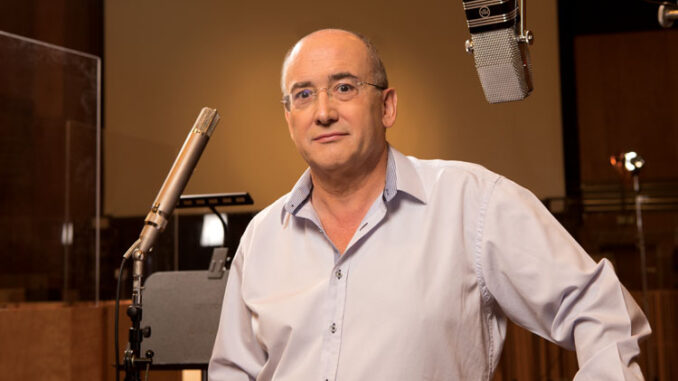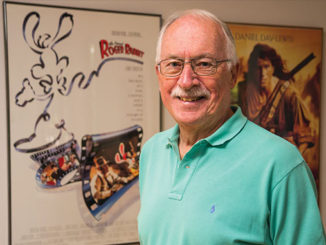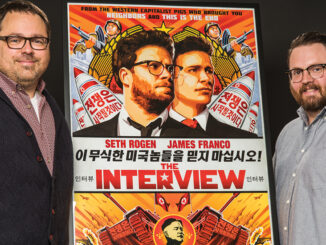
by Mel Lambert
Orchestral layout is highly dependent upon the type of film music being recorded, according to scoring mixer John Kurlander. “If there is going to be a lot of loops, pads and electronic elements within the score, more often than not these are pre-recorded by the composer in stereo,” he explains. “To match that left-right symmetry, instead of the traditional orchestral layout — violins on the left and violas, cellos and bass on the right — I prefer to lay out the orchestra with high strings left and right, which, because of the added symmetry, both matches the extra parts and adds more power to the 5.1- or 7.1-channel mix.” For A Good Day to Die Hard, he had violins split left and right, with cellos, woodwinds, trumpets and trombones clustered in the center.
“While I like that powerful, symmetrical sound for a big action score, such layouts depend upon the number of orchestral players, the room being used and the genre of the musical score,” Kurlander adds. “I prefer to have flexibility in orchestral layout to suit the musical requirements, although it is always down to the conductor’s preference; I always check with them first and secure their opinions.” For the score to Hotel Transylvania, which he recorded at Abbey Road with composer Mark Mothersbaugh and orchestrator/ conductor James Sales, he opted for the traditional high-left/low-right orchestral layout, “which worked well because there were no additional pads or electronic elements whatsoever.”
Regarding microphone choices for classical music and scoring sessions, Kurlander is conservative in his tastes. “I prefer Neumann M150 and TLM50 condenser mics for my main Decca Tree Array [three omni-directional models laid out in a T-shaped configuration on a tall boom above the conductor’s podium, plus hard-left and-right mics spaced 20-30 feet apart], together with a collection of AKG C12 and C24 stereo mics and Schoeps models. I use two C12s in cardioid mode as spot mics on the first and second violins, with an additional stereo C24 on the central cellos and violas. I like [Audio Engineering Associates’] R44 ribbon models for brass, and used a recently acquired Coles Model 4021 ‘ball-and- biscuit’ dynamic spot mic on the horns. For both woodwind and percussion overheads, I like to use a pair of Schoeps MK4 capsules in X-Y stereo mode.
“While I normally use Avalon 20102 pre-amplifiers on scoring dates, for the A Good Day to Die Hard sessions, we used the pre-amps within the Fox scoring stage’s 96-channel AMS-Neve 88R analogue console,” Kurlander continues. Assisting on the scoring dates were stage manager Tom Steel, stage technical engineer Denis St. Amand, recordist Tim Lauber and, at the headphone console, Christine Sirois.
Kurlander also selected an unusual transducer to capture the sound of the largest drums. “I used a 15-inch JBL loudspeaker wired as a microphone,” he reveals. “On Die Hard, we routed the output to the subwoofer/LFE channel; it works particularly well on high-action movies when we need that exaggerated, low-end subharmonic to anchor the track and compete with sound effects.”
In terms of comparisons between classical music sessions and film scores, Kurlander says, “People are familiar with traditional orchestral layouts, which we must replicate faithfully [for commercial recordings], whereas for motion pictures, we are more free to experiment in support of the score. But we also need to remember that the composer is working right up to the last minute and there will be lots of changes and re- orchestrations on the stage.”
As a result, the scoring mixer likes to rely on his main microphone array and then record a number of spot microphones that, in the end, will likely be redundant. “For example, on A Good Day to Die Hard, I recorded the outputs from 46 microphones,” he explains. “But I actually only used 25 on the final soundtrack.”






